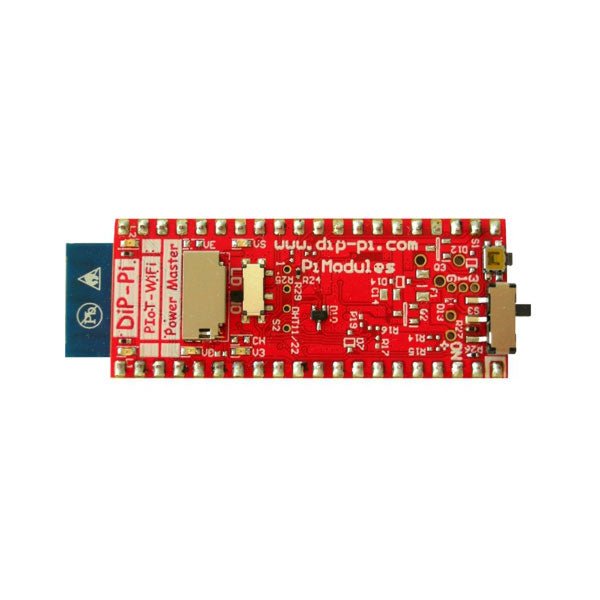Features of the Raspberry Pi Pico
Raspberry Pis are small, versatile mini computers that you can use for all kinds of different projects. Whether it's simple tasks like streaming media or more advanced applications like building a Raspberry Pi-powered robot, the possibilities are endless! One of the latest additions to the Raspberry Pi family is the Pico RP2040
The Raspberry Pi Pico is easy to program with popular high-level languages such as MicroPython and or C/C++. The Pico is small in size and no less than twice as fast as its predecessor, the Raspberry Pi Zero. In addition, it is also a formidable Arduino competitor.
Raspberry Pi Pico is a cost-effective and versatile controller that is perfect for a wide variety of projects. The Pico RP2040 has two powerful Cortex M0+ cores that can be clocked up to 133 MHz and has 264 KB SRAM and 2 MB Flash memory.
Our Raspberry Pico products: From boards to modules & books!
Mastering the Raspberry Pi Pico can be done using 50 projects with Micropython in our Raspberry Pi Pico Essentials book. This book gives you a practical introduction to the world of Raspberry Pi Pico in combination with this programming language.
Or choose a 3.5-inch Waveshare touch display module with a smoother touch effect than AD-driven solutions. This touchscreen comes with development resources and manual (examples Raspberry Pi Pico C/C++ and MicroPython)
The official Raspberry Pi Pico products are available thanks to an official partnership with Raspberry Pi, directly from the manufacturer's factory. This means that when Raspberry launches a new product, it can be delivered on the launch day.
Other applications for your Raspberry Pi
In the offer on Elektor Store you will find various other applications for the Raspberry Pi Pico with which you can give your projects a new dimension. Some of the most popular other applications come from Waveshare and Pimoroni. Both are suppliers and manufacturers of educational, industrial and hobbyist electronics.
